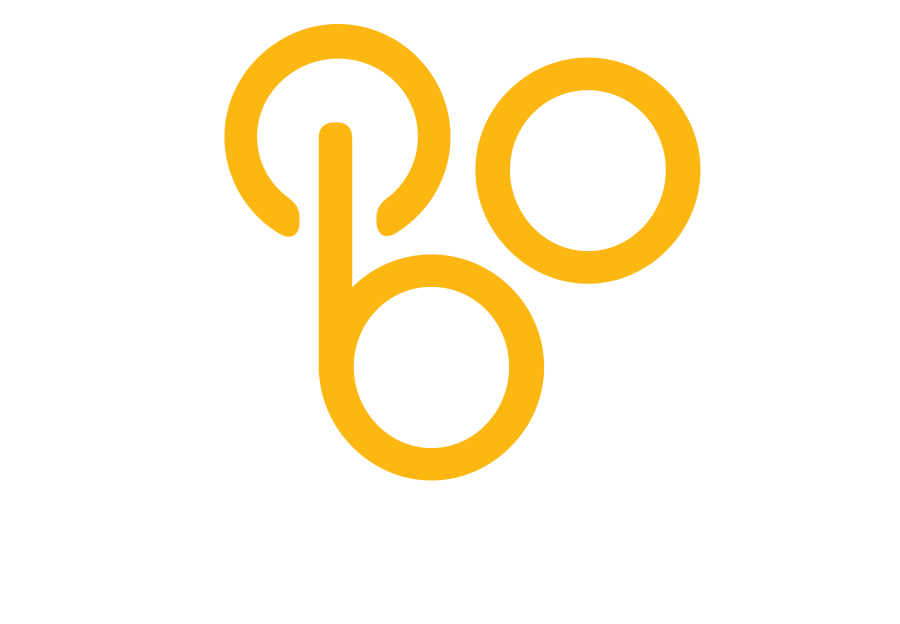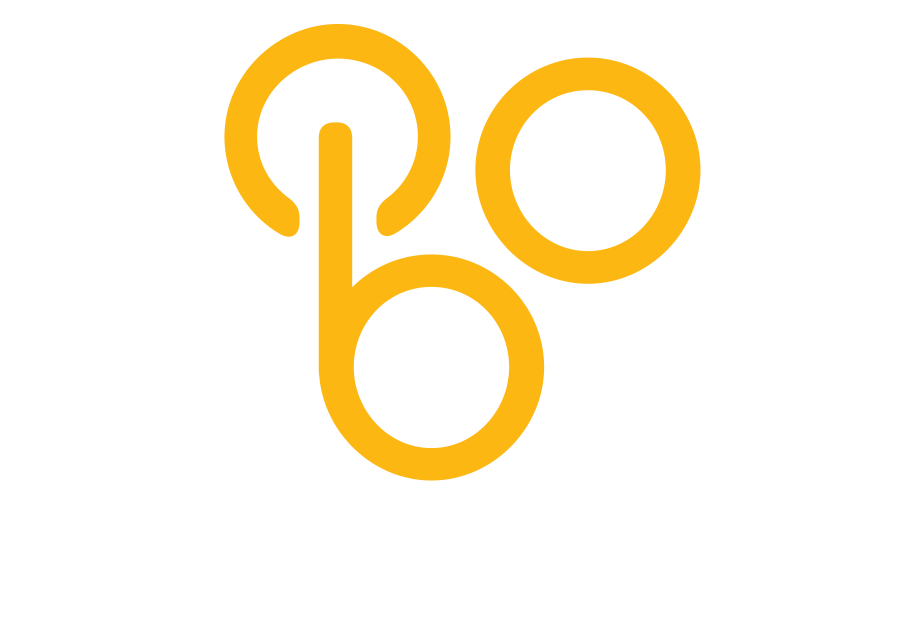
Over-the-top marketing – One of the biggest trends shaping advertising right now is the rapid rise of streaming video viewership, which makes up 80% of all internet traffic.
With an estimated 147 million US adults now accessing streaming video with services like Hulu, CBS All Access, Sling, and devices such Roku, Amazon, Fire TV, Apple TV – a medium known as OTT (over-the-top) advertising has emerged, allowing brands to reach their audiences directly within their living rooms.
OTT advertising is a viable component of a brand’s performance media mix. Much more than just a branding awareness play, it is a complete performance channel that offers scale, measurability, and data-driven targeting.
Why buy OTT ads now
Although OTT can take many forms, it reaches its wildest audience in the video. About 83% of consumers have access to at least one paid video streaming service. For years, the video entertainment and marketing industries have talked about cord-cutters, those people who have abandoned traditional cable and satellite TV packages in favor of OTT programming. Yet, until recently, most households added OTT without getting rid of their traditional television package. In 2018, more than 70% of homes using OTT also had a multichannel cable of a satellite video package.
Aside from these general advantages, OTT brings some specific benefits that are especially useful for institutions of higher education.
1. Geotargeting. The target audience in specific areas or regions. Since most adult students prefer to attend schools within 50 miles of their home, you can use OTT to spend ad dollars where they’ll be most impactful.
2. Dynamic creative. Serve ads based on interest if the platform supports such granular targeting. Many already do, and most OTT platforms are continuing to improve their targeting capabilities. You may be able to highlight different majors or support offerings based on audience interest.
3. Self-Selecting Audience. Your online learning program is more likely to enroll students who are already comfortable in an online environment. OTT Media is digital by definition. Those who use it most frequently are likely comfortable in the space, which may make them better candidates for online.
Strong Audience Targeting Opportunities
Certain platforms require you to buy directly from their platform. Hulu is a great example that allows for direct buys, however, the monthly minimums are greater. Whereas other programmatic platforms allow for the chance to utilize mobile and smart tv iD’s and serve ads to those consumers regardless of the platforms they go on. The power of OTT advertising is that you can build an audience based on their physical location, demographic, income, and psychographic variables and serve ads to those individuals for a period of time.
Micro & Geotargeting
As mentioned with addressable household geofencing, brands can micro-target people all the way down to contours of a building or at the individual household level, and curate an audience at the individual zipped code level compared to traditional broadcast which requires targeting the county and city level.
Powerful Analytics
Brands can pull granular analytics on data of their advertising efforts to help inform how best to optimize their ad spend in addition to the actual audience targeting capabilities that are available, below are examples of data variables
- Budget/Spend
- Pacing
- Impressions
- Clicks
- Device Level Performance
- Behavioral Data
- Publisher/Domain
- Click-through rate (CTR)
- Cost per 100 impressions (CPM)
- Pause/Mute Rate
- % of video watched
- Cost Per Click (CPC)
- Cost Per Action (CPA)
- Video Through Conversions
- Walk-In Conversions
Benefits
Flexibility in Budget
Unlike with traditional broadcast tv advertising, you can start with $200/month budgets and scale up for down based on brand needs and overall performance. Same OTT Platforms depending on whether it’s a direct OTT IO buy can require higher mostly spends, but most programmatic platforms allow for flexibility in spend.
Cheaper than Traditional Broadcast
Traditional broadcast and linear TV buys have a tendency to cost more in terms of monthly budget minimums. In addition, while OTT Advertising can cost $25 – $40 CPM (cost per 1,000 impressiono/tv spots), traditional TV advertising rates can range from $40 too $200 CPM Rates or more depending on the demand. When you couple that with the inefficiencies in ad spend ad reaching people you don’t intend to target with limited audience targeting via broadcast advertising, the cost fo traditional broadcast advertising tends to be more expensive than ott advertising.
OTT Appeals to a Younger Audience
About 60% of young adults say the primary way they watch TV is through streaming services such as OTT apps.
Where viewership consolidates, so does ad spending, OTT ad spend is predicted to hit $2 billion the year, a signal that advertising on streaming services is growing at breakneck speeds. Despite OTT appealing to the younger audience, more and more elders are adopting over the top tv and deciding to cut the cord, thus expanding the reach of brands to connect with younger to older audience segments.
Non-skippable ADs & High Watch Rates
We are seeing watch rates average well over 85 – 90 % compared to pre-roll video which can range from 35% to 60% watch rates. This proves you’re getting an engaged audience and making your ad spend more efficient as well.
Where OTT Ads are displayed
Over-top tv video advertisements can display across a plethora of devices (such as Roku or connected TV) and streaming services (such as OTT apps). When combined the cross-device matching capabilities with Programmatic & DSP network, the reach across many video platforms are going steam and more adoption.
OTT content and video delivery take place on any device that streams video over the internet including.
- Streaming devices (Roku, Amazon Fire TV, Apple TV, Chromecast)
- Mobile Device
- Computer & Laptops
- Smart TVs/Connected TVs
- Gaming Consoles (Playstation, Xbox)
Whether it a 15-second or 30-second spot, those ads will appear across the 1,000’s of channels and tv shows displayed in between the shows when commercials are aired. Do you ever notice how you may get the below message “Commercial Break… We’ll Be Right Back” on YouTube TV at times? This is because YouTubeTV is not a part of the programmatic inventory and thus they would prefer to have their inventory space open rather than sell at a low rate. Over time, all of these sports will be filled up.
YouTube adds a commercial break
The video content can be served across two types of on-demand platforms known as Ad-supported video-on-demand and subscription video-on-demand. ESPN+, Disney+, YouTube TV, Sling TV, DirecTV Now, and Fubo TV are just a few major players in the space.
The model allows companies that typically advertise on broadcast and cable channels, to also reach people who watch shows using VOD. Another benefit of this model is that people can watch programs without paying subscription fees.
Transactional Video On Demand (TVOD)
TVOD is based on the model of customers paying for each individual piece of video content they view.
TVOD has two sub-categories: electronic sell-through(EST), by which customers can permanently access a piece of content once purchased via internet (also known as download to own – DTO); and download to rent (DTR), where customers can access the content for limited time upon ‘renting’ (similar to the old video/DVD store model).
Pay per view can also be categorized as sub-category of TVOD, but is generally reserved for large live events (I.e. sports concerts, or entertainment)
Premium Video On Demand (PVOD)
Premium video-on-demand is relatively new business business model, that allows consumers watch feature video content only a few weeks after it debuts in theaters.
Companies such as Fox Warner Bros are experimenting with this model, by offering debut fits to rent (similar to TVOD only 15-20 days after they preview in cinemas, for $30 -$50. Currently, most major movies are only made available to rent 90 days after their release (although a handful of studios offer EST roughly 70 days after their theatrical appearance.)
The two main challenges with this model, are the snit-trust laws – which vary widely from studio-es-studio/geography-to-geography, and the theater owners – who run the risk of their exhibition window being shortened and potentially losing revenue.
Programmatic OTT Buys
There is a multitude of programmatic platforms ranging from Tremor Video and Simple.fi, to dataxu and clear stream. This platform has direct relationships to inventory exchanges as well as ott advertising platforms and can place ads through automation and programmatically. This is one of the more efficient means in getting started with OTT Advertising and tends to be the least costly. The benefit of programmatic ott advertising is you get to target your audience a lot better and still serve ads to the same people across any channels, platforms, or devices they frequent.
Platform Direct OTT Buys
Platform direct ott advertising means going direct to ROKU, Amazon FireTV, Samsung, and other platforms to buy inventory through their own exchanges. These exchanges tend to be more direct. But the downside with this approach is when you go platform direct you cannot cross over to the other platforms and visa versa.
Direct publisher platforms including The Trade Desk, DataXu, Simpli.fi, and even Hulu direct. Here are examples of some of the leading marketplaces including those networks and DSP’s tap too pragmatically serve your ads too:
To get started let’s click here to schedule an appointment for more information.



